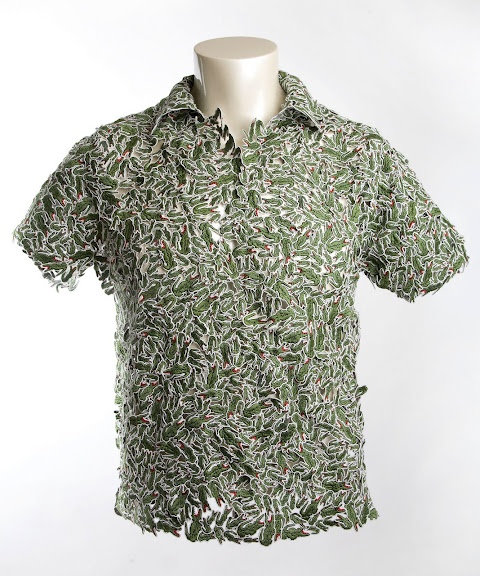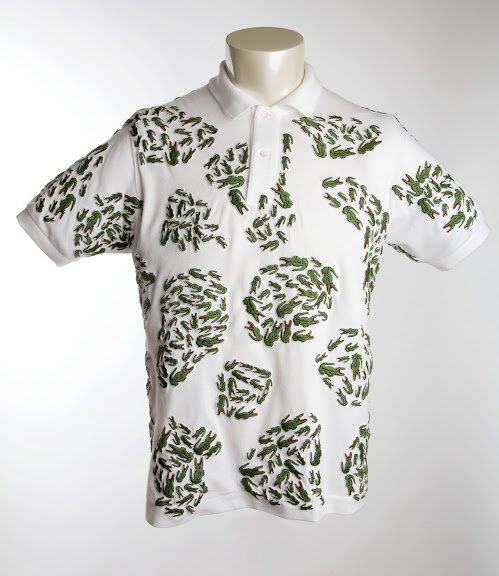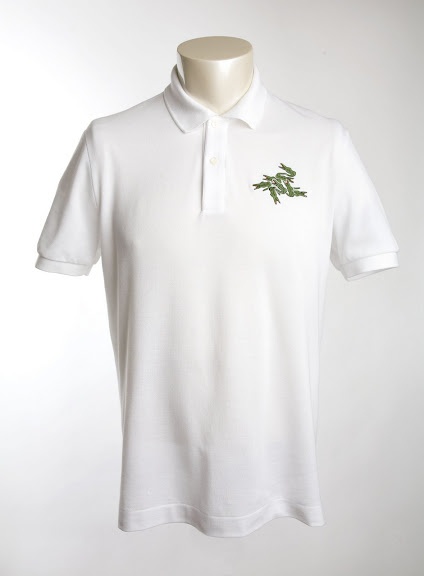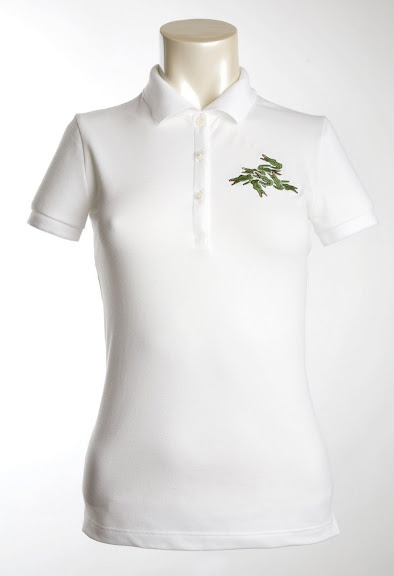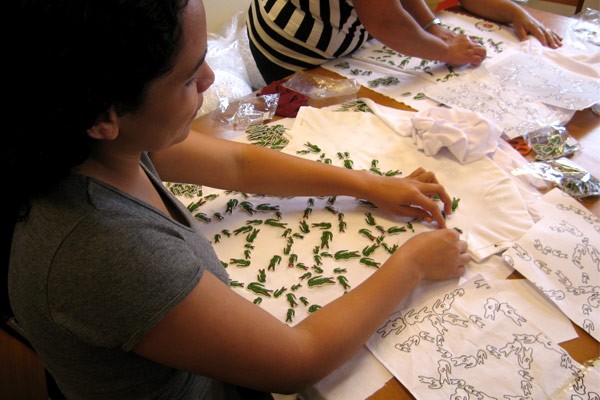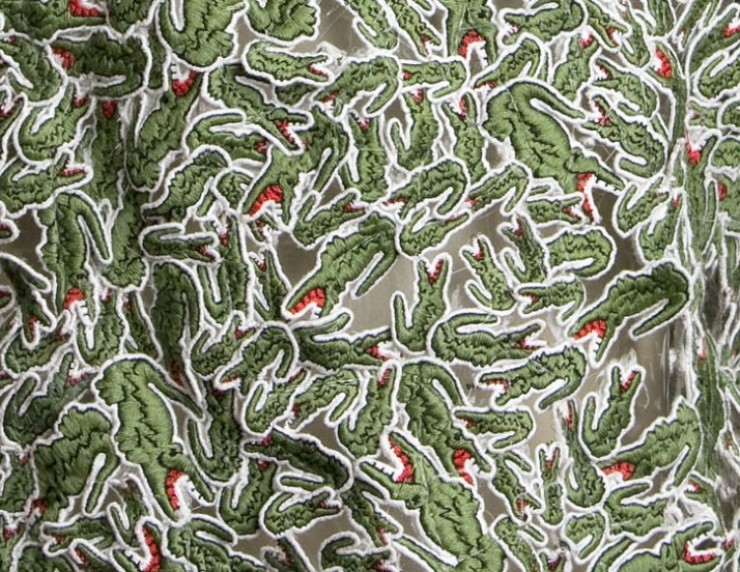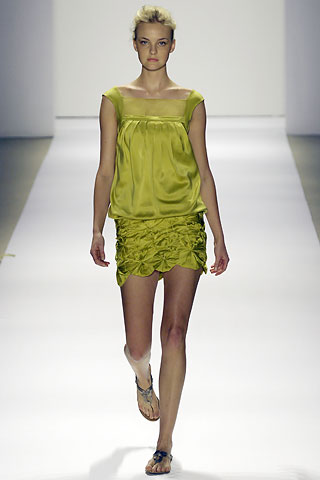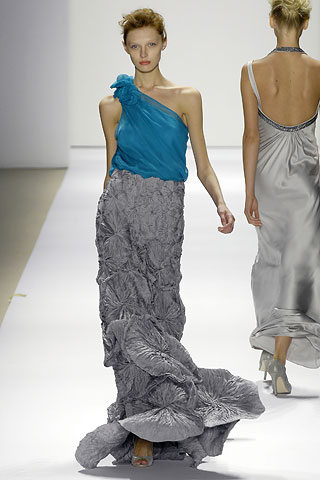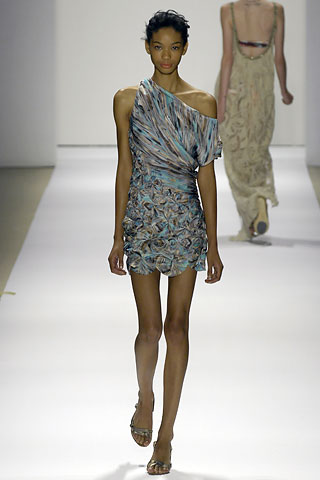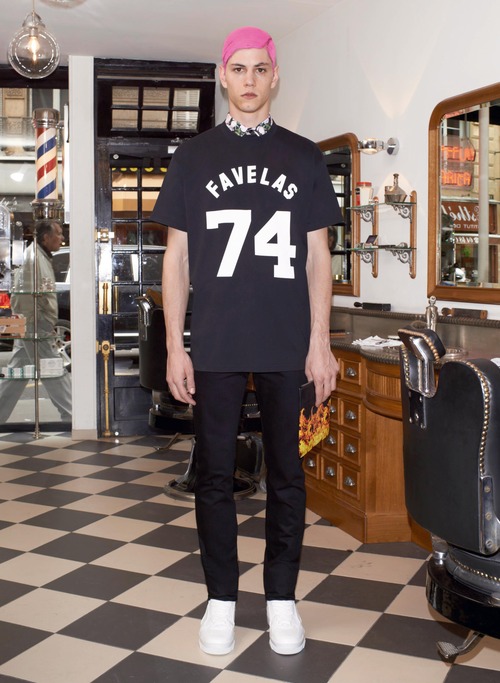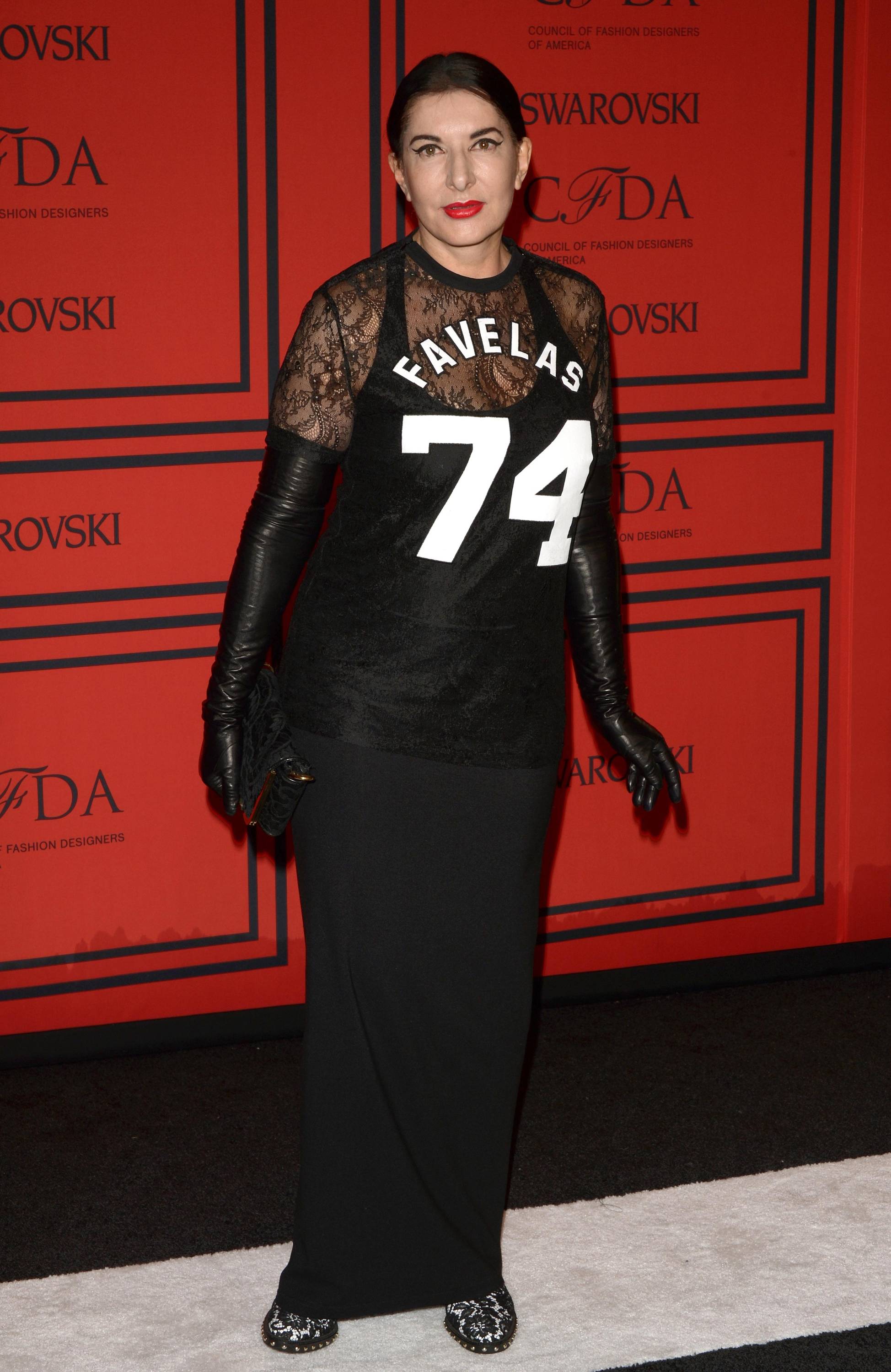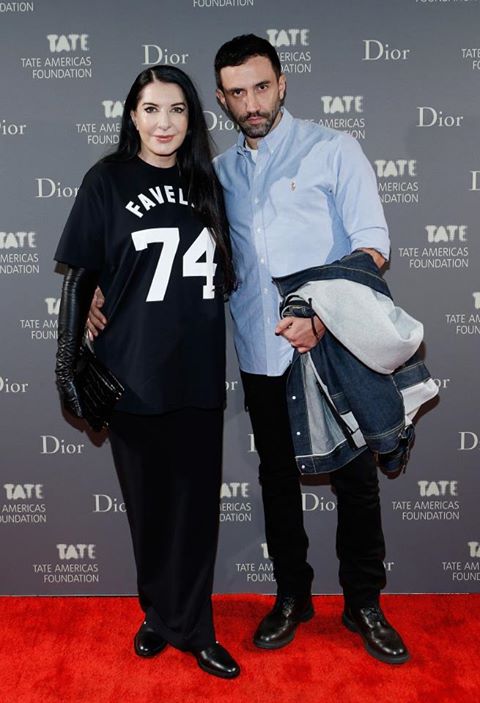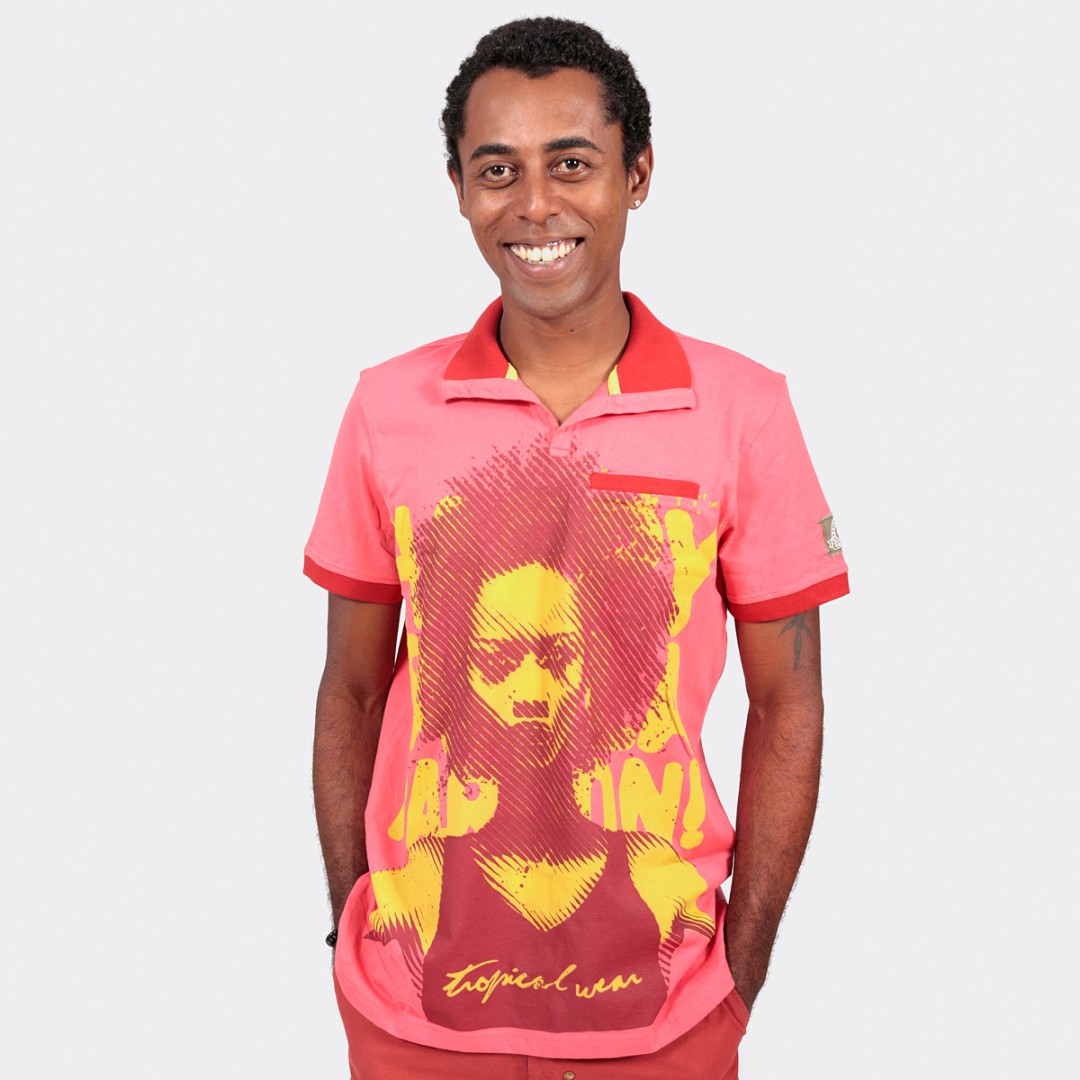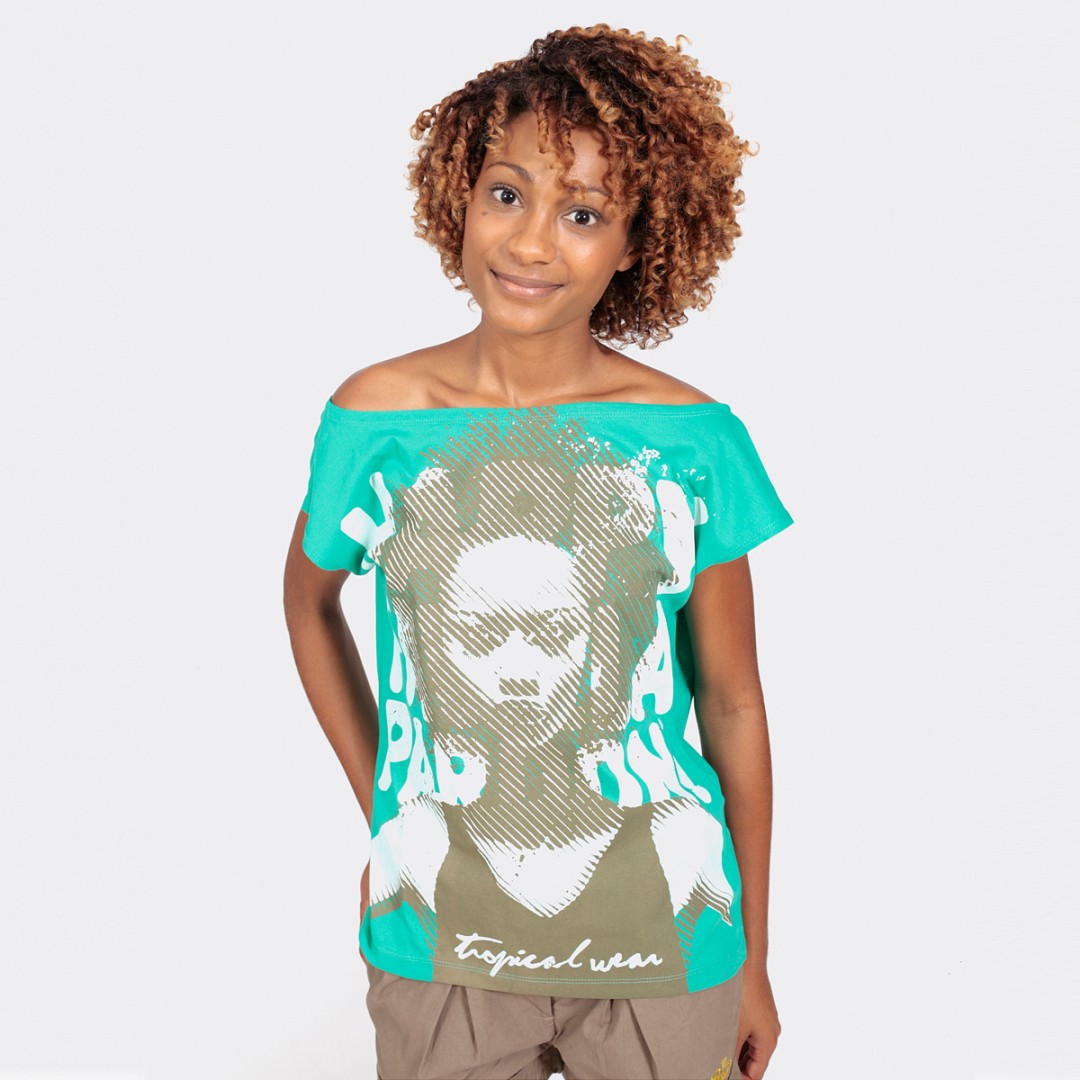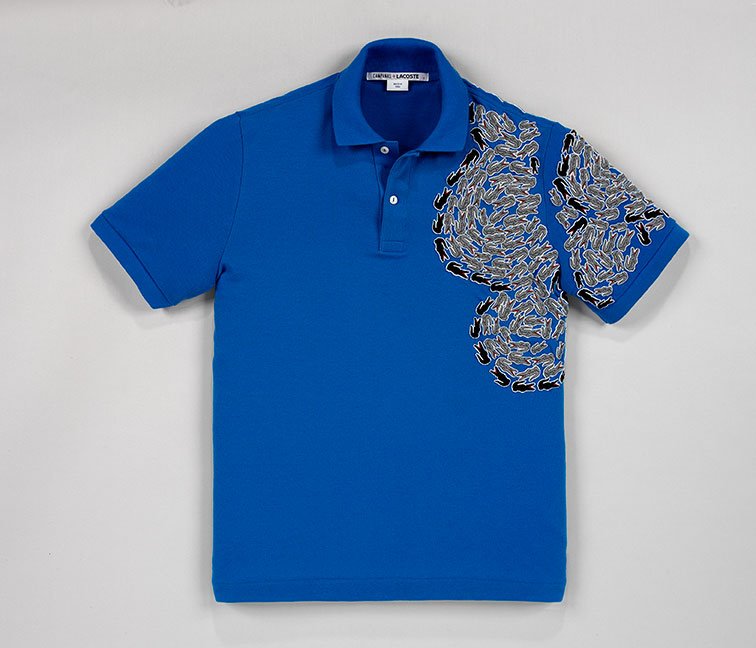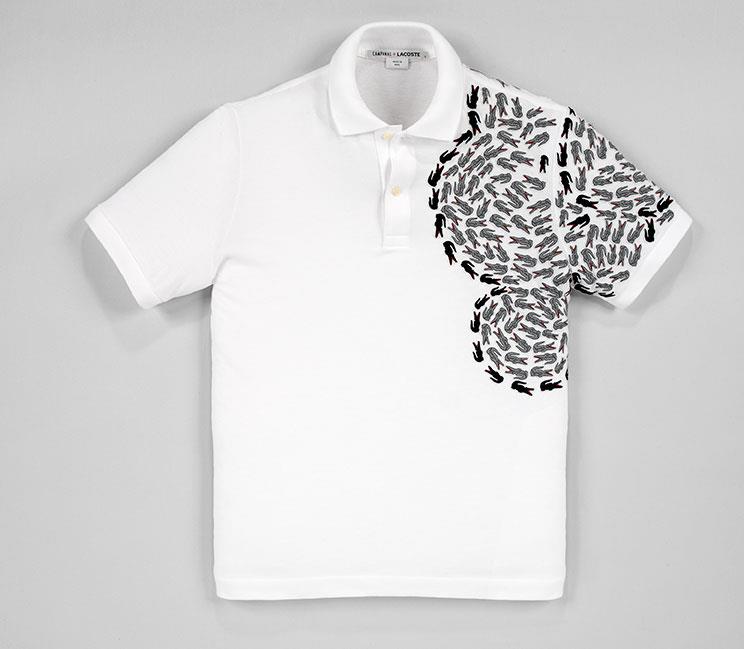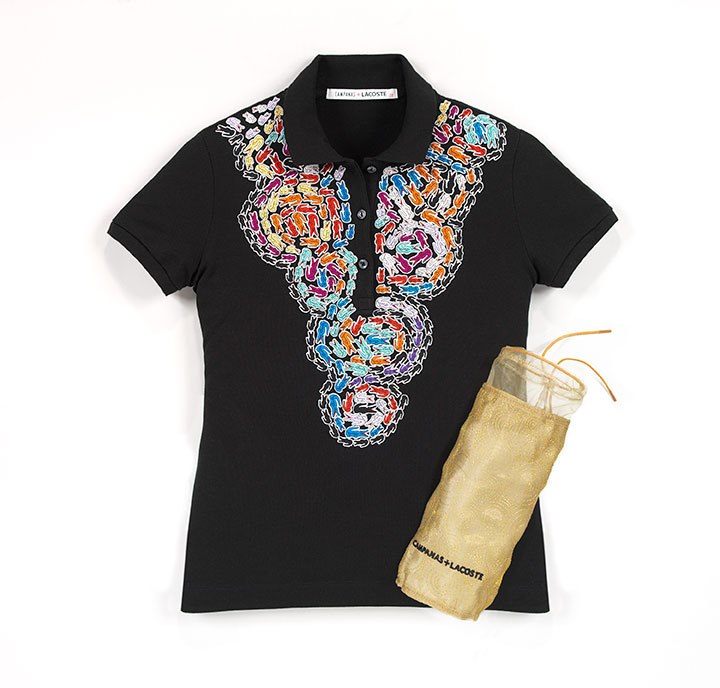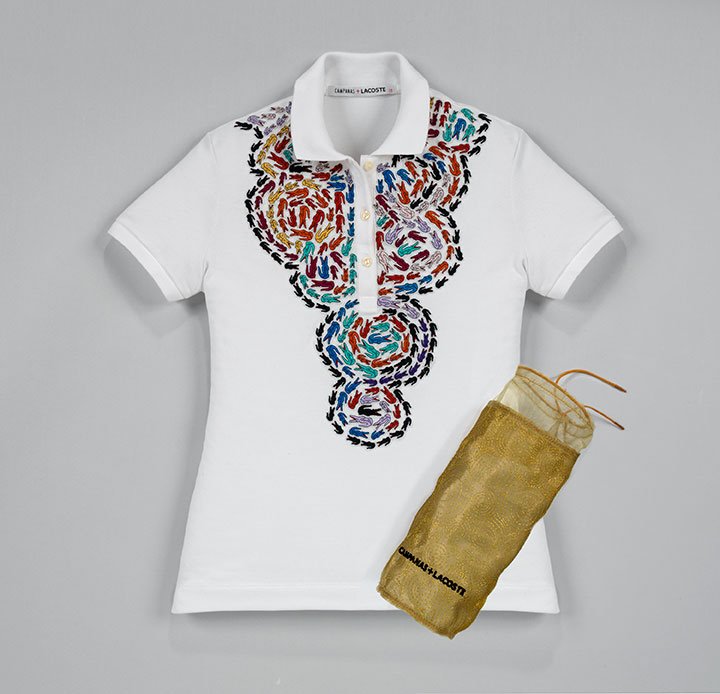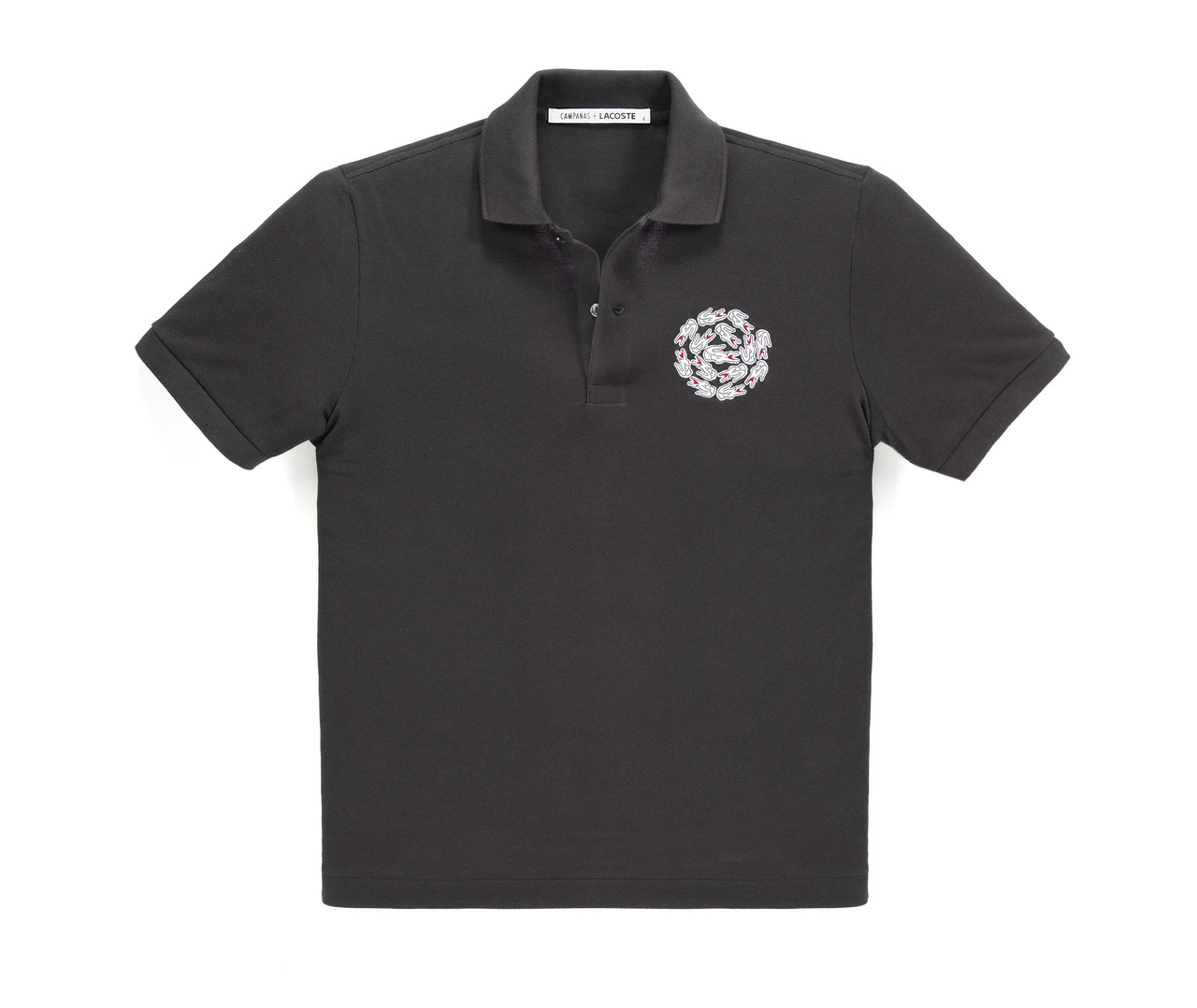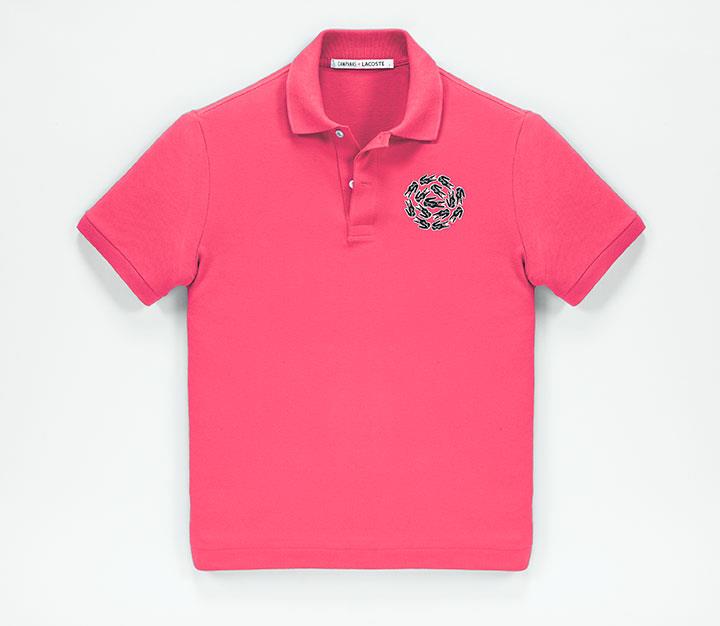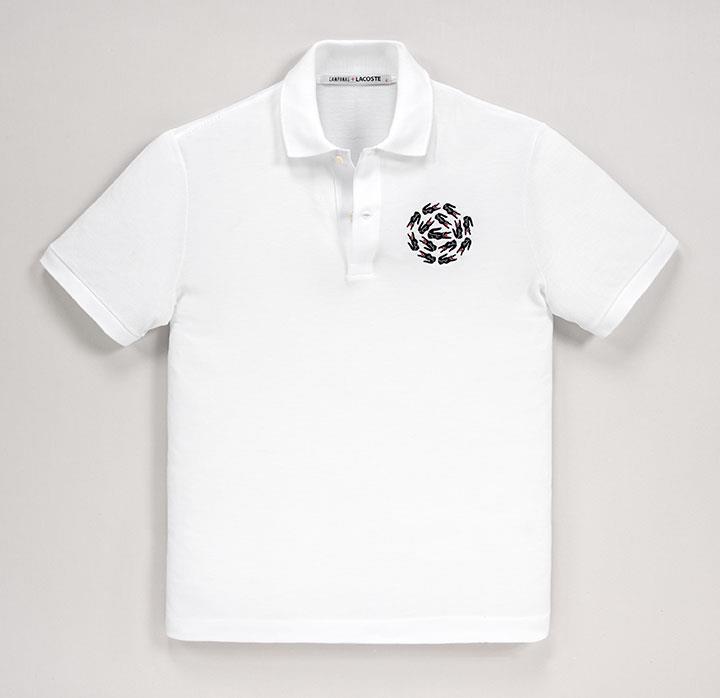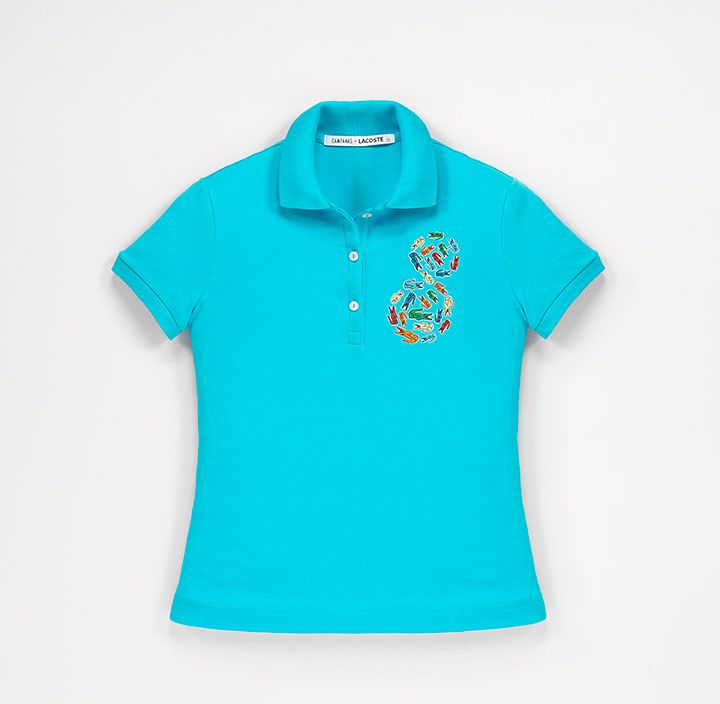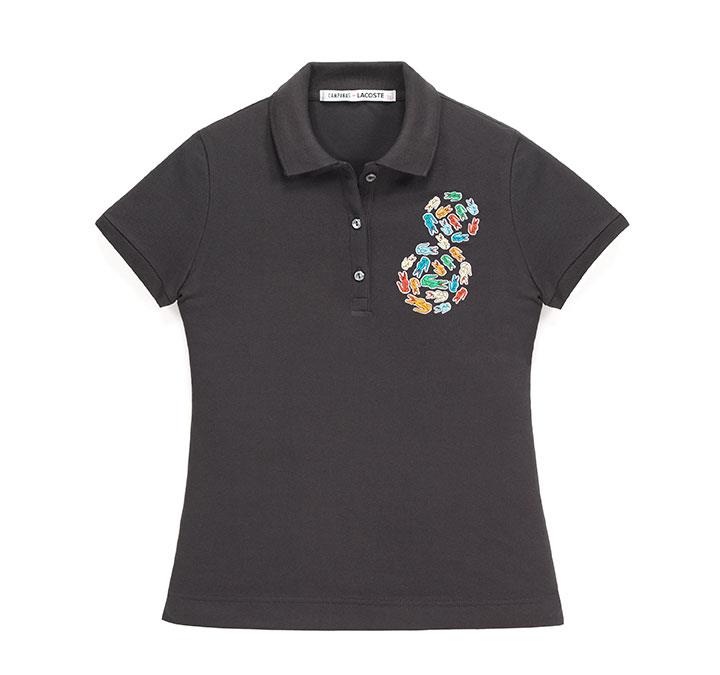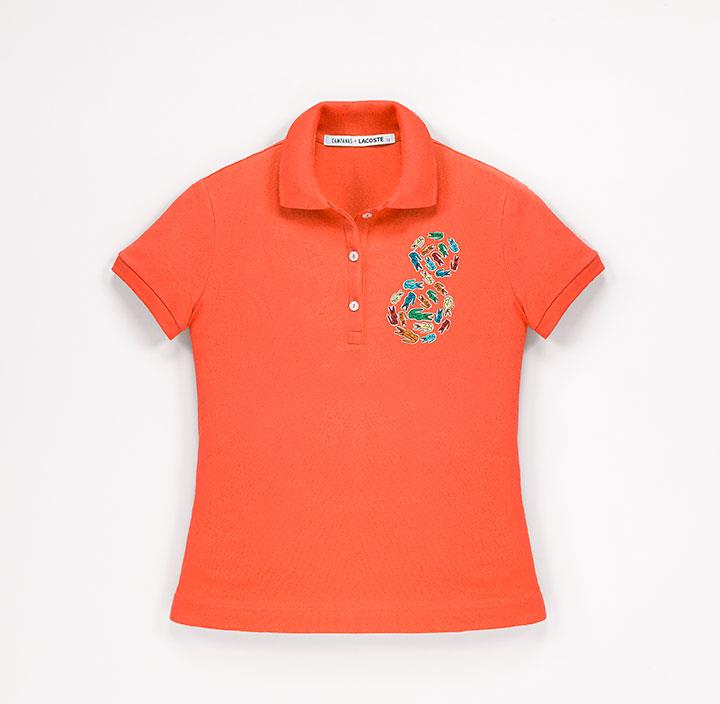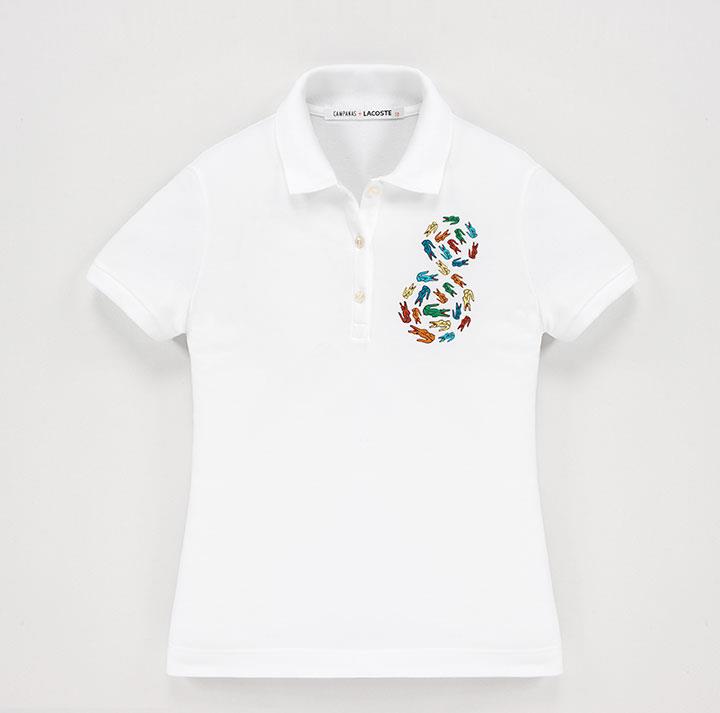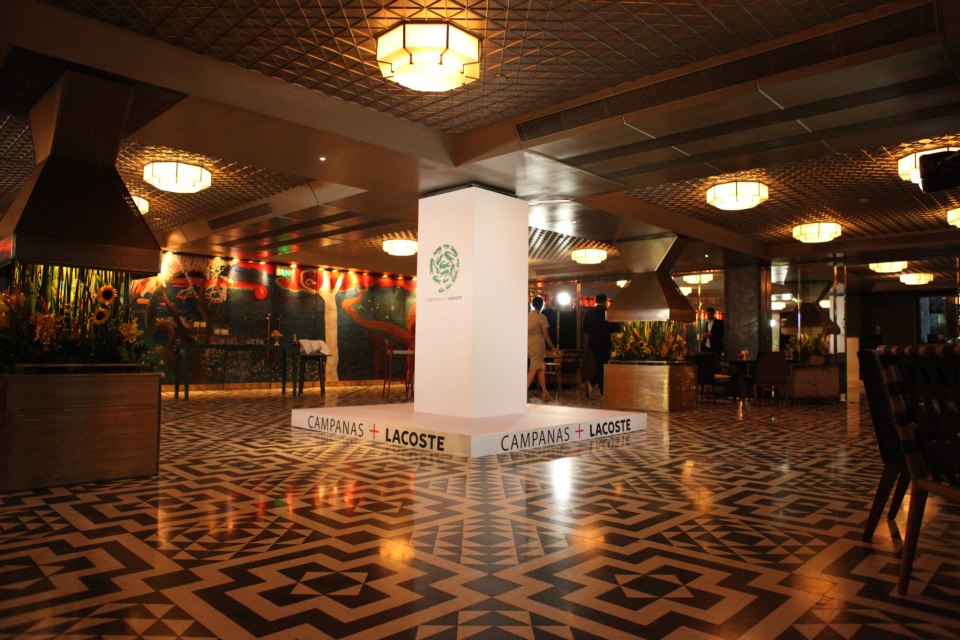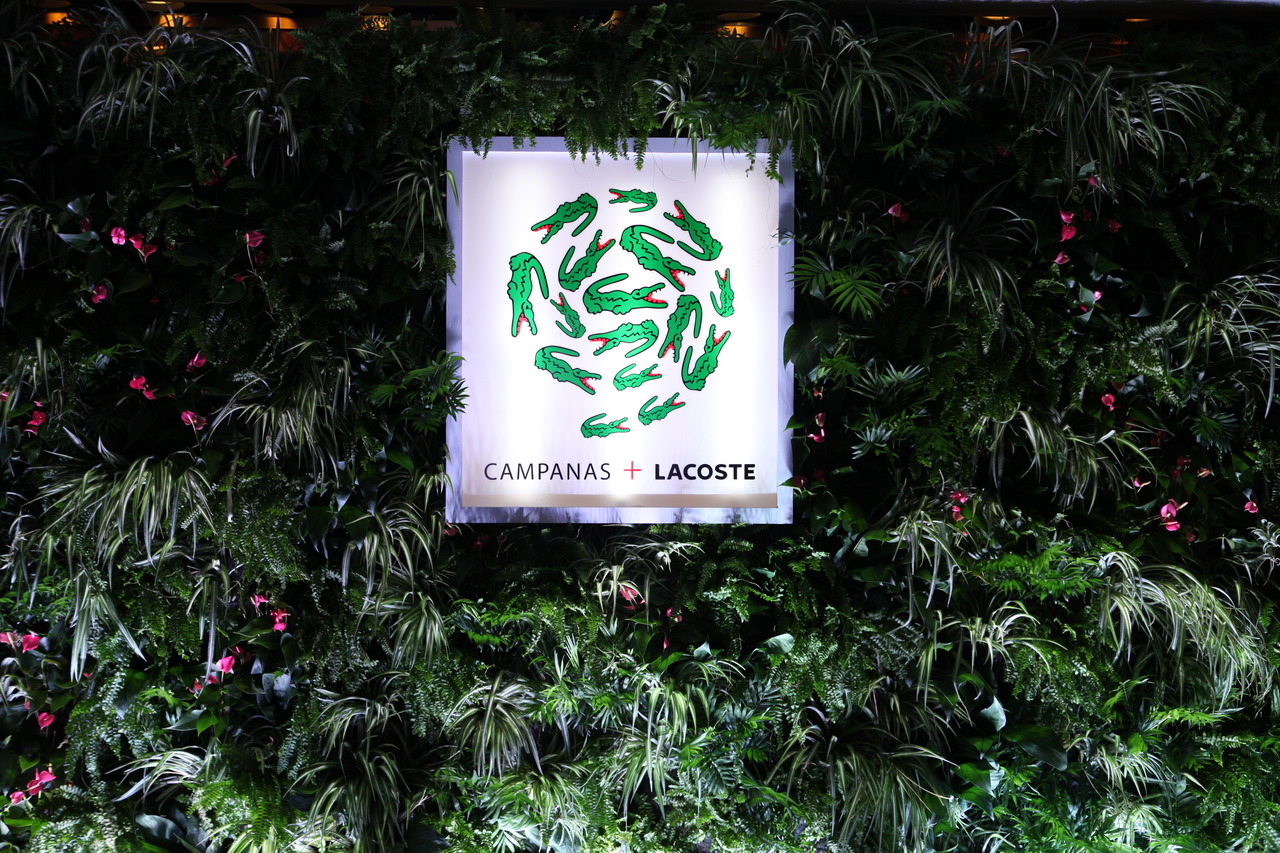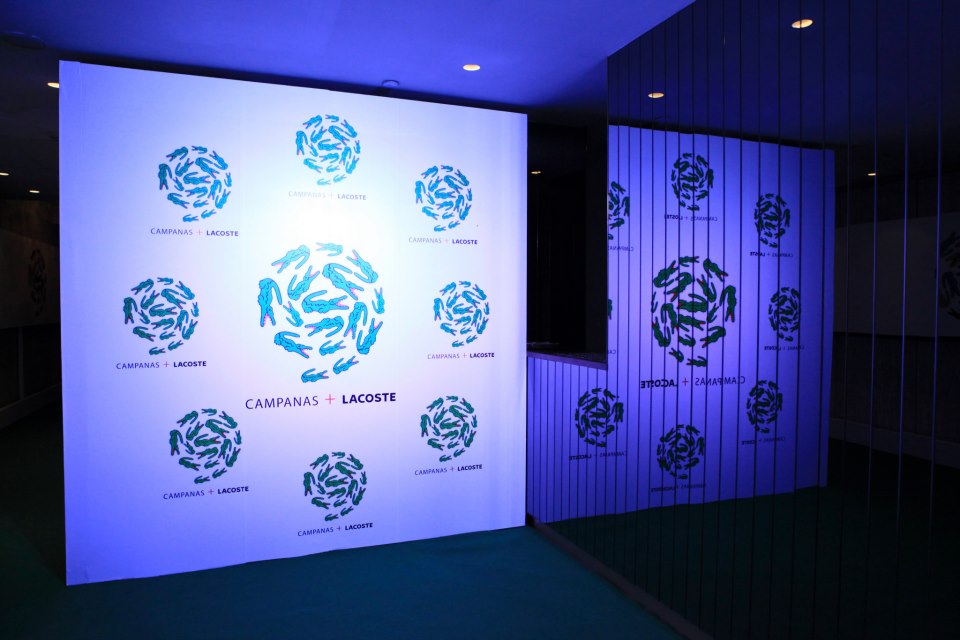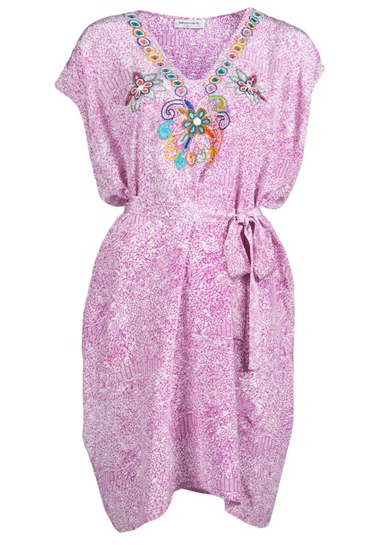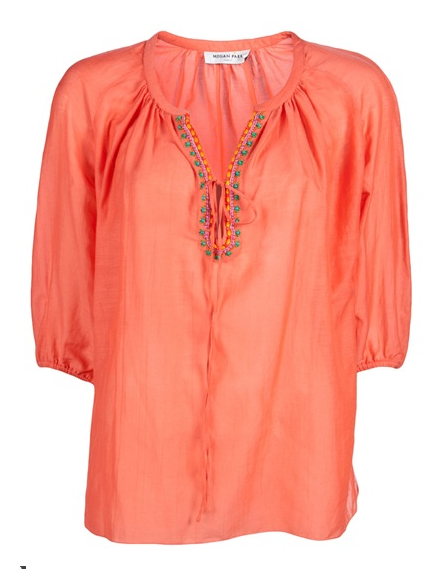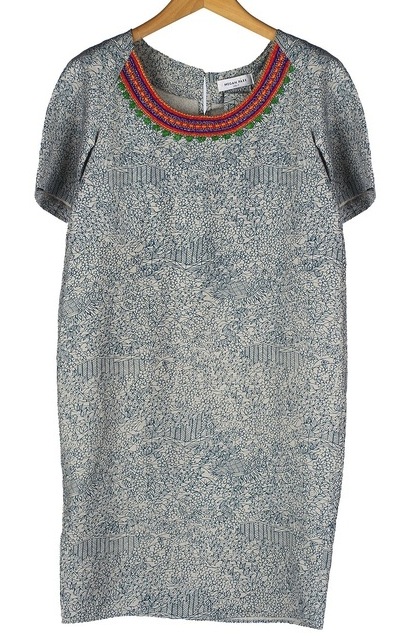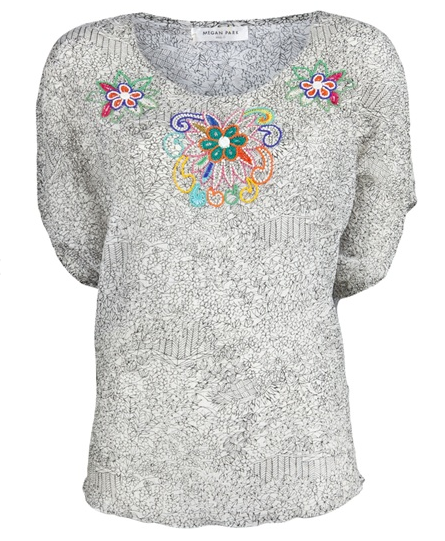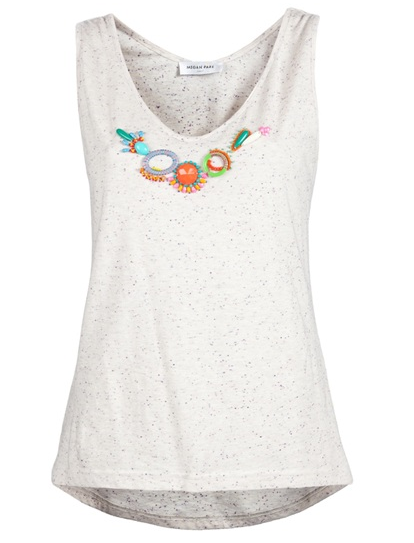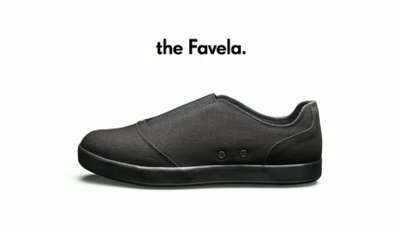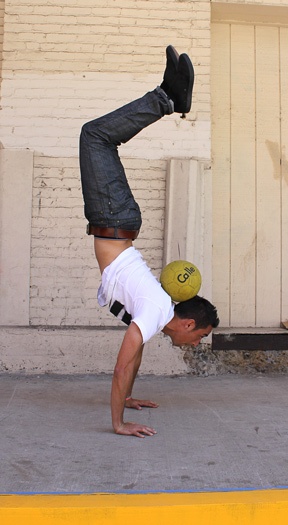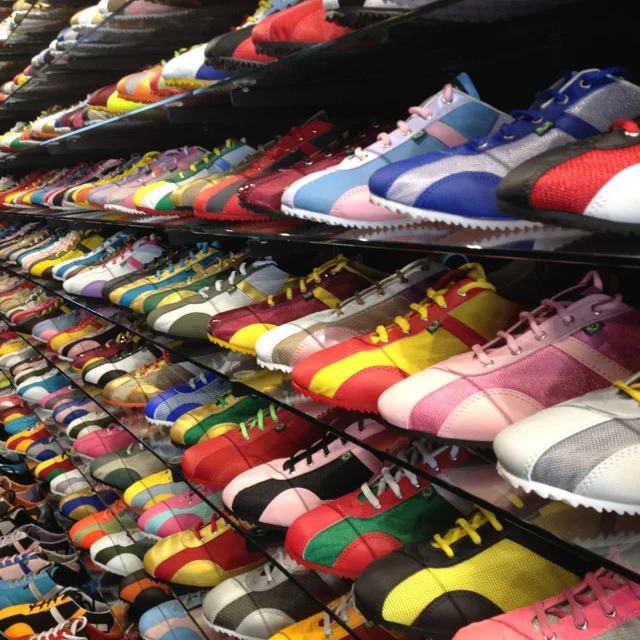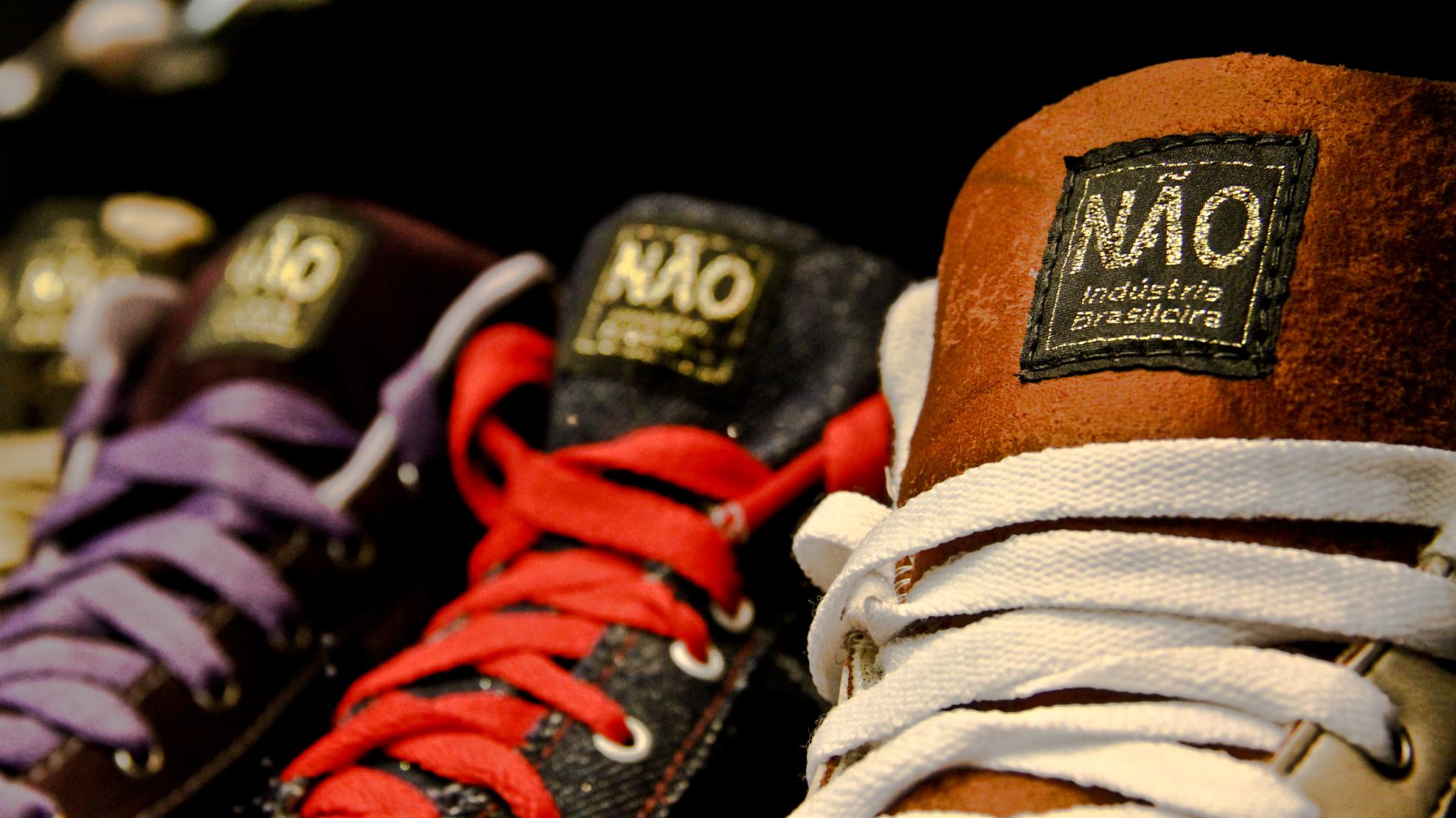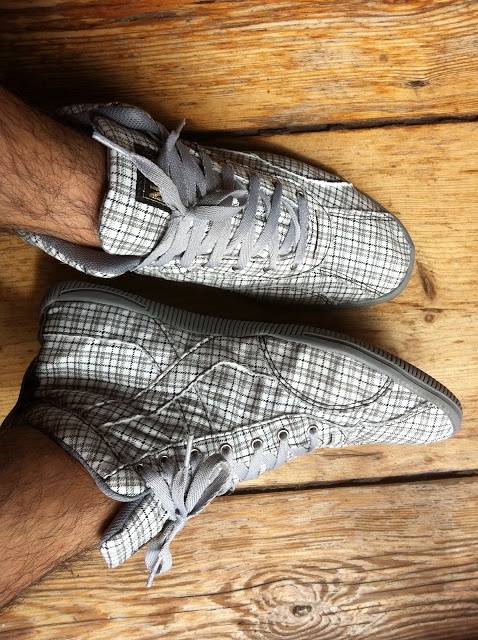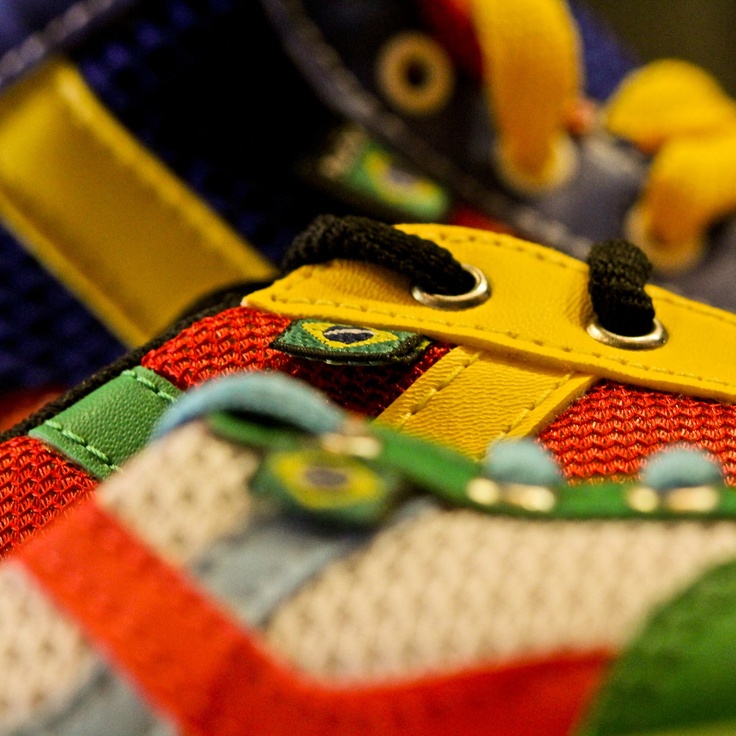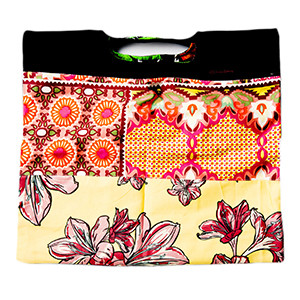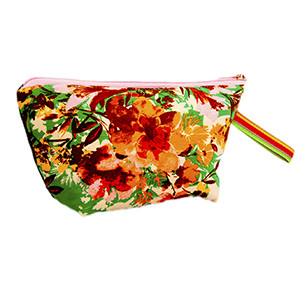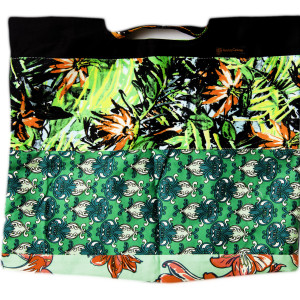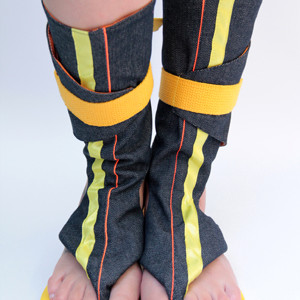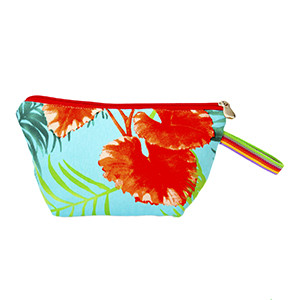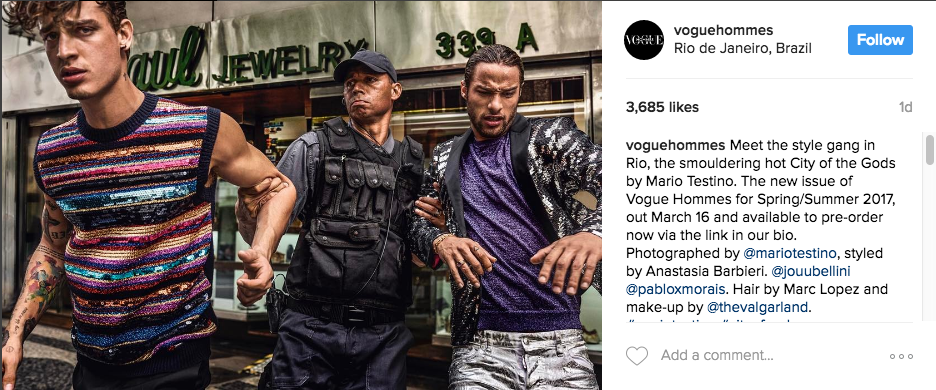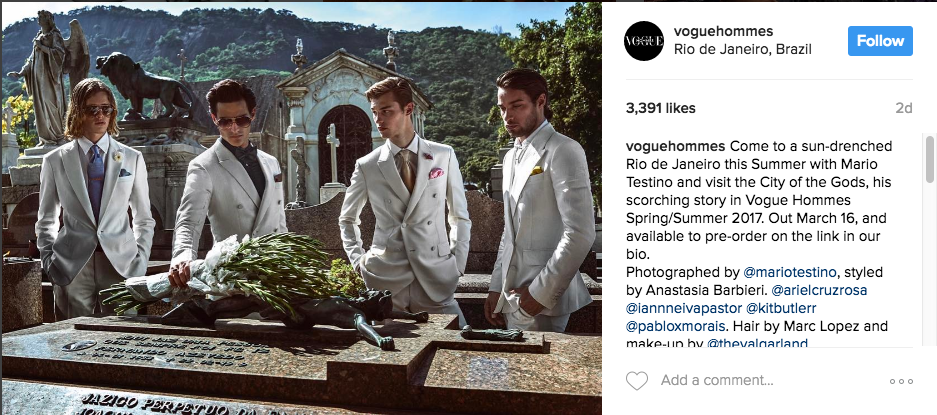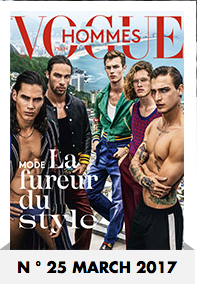Favelization in Fashion
Chapter 2 of the Favelization ebook focuses on the 2009 Campanas + Lacoste project, a collaboration between Lacoste and the designers Humberto and Fernando Campana (the Campanas). This case study focuses on the references to favelas in the Campanas + Lacoste marketing materials. The Campanas are Brazil’s most famous contemporary designers and their work often references Brazilian themes. Brazilianness is an important aspect of the Campanas’ production and the marketing of their luxury products outside Brazil. In my discussion of the advertising and press coverage of the shirts designed by the Campanas for Lacoste, I explore how an international brand and the Campanas use references to favelas to brand a line of luxury products as Brazilian. This chapter discusses theories of commodification, fetishization, and the use/creation of a “primitive other” in the process of defining national identity.
Campanas + Lacoste Shirts. 2009. Designers: Fernando & Humberto Campana (Brazil).
The 2009 Campanas + Lacoste collaboration resulted in the creation of six types of shirts sold at different price points. In my book I describe how the website for the Campanas + Lacoste project relied heavily on favelization.
From top left to bottom right:
1. Shirt, "Men's Super Limited Edition", 2009. Fernando and Humberto Campana.
2. Shirt, "Women's Super Limited Edition", 2009. Fernando and Humberto Campana.
3. Shirt, "Men's Limited Edition", 2009. Fernando and Humberto Campana.
4. Shirt, "Women's Limited Edition", 2009. Fernando and Humberto Campana.
5. Shirt, "Men's Special Edition", 2009. Fernando and Humberto Campana.
6. Shirt, "Women's Special Edition", 2009. Fernando and Humberto Campana.
7. Photo of a woman working on "Women's Limited Edition."
8. Details of a Shirt, "Men's Super Limited Edition", 2009. Fernando and Humberto Campana.
Misrepresentation of Social Activism in the Documentary "The World of Carlos Miele" (2010)
Between 2001 and 2009, Coopa-Roca crocheted and embroidered clothing for M. Officer, Carlos Miele’s Brazilian brand, and between 2002 and 2008, they worked on projects for the Carlos Miele brand. In a documentary for Vogue TV filmed in 2010, Miele spoke as if Coopa-Roca continued to work for his companies. In the Vogue TV video, Miele states:
Ten years ago, I started a partnership with Coopa-Roca, which is a group of women living in a poor area of Rio de Janeiro. They do handmade craftsmanship with different traditional techniques from Brazil….With this partnership, we can keep the women at home, taking care of the kids and making a living. Fashion is a way of empowering women: women who wear my clothes and women that make my clothes. So fashion for me is a way of building a bridge between those two groups of women.
The documentary has been removed from the from the internet.
Carlos Miele's Dresses (Spring/Summer 2008) in Collaboration with Coopa-Roca
From left to right:
1. Dress #1 from Spring/Summer 2008 Ready-To-Wear Fashion Show, 2008. Carlos Miele.
2. Dress #31 from Spring/Summer 2008 Ready-To-Wear Fashion Show, 2008. Carlos Miele.
3. Dress #17 from Spring/Summer 2008 Ready-To-Wear Fashion Show, 2008. Carlos Miele.
4. Dress #11 from Spring/Summer 2008 Ready-To-Wear Fashion Show, 2008. Carlos Miele.
Excerpts from Carlos Miele Spring/Summer 2008 Catalog
""It's important for me to return to society what society gave to me," he declares, so he works with women's co-operatives in deprived areas. The best-known is Coopa-Roca in Rio, which operates out of Rocinha, Latina America's biggest favela. The women of Coopa-Roca use traditional Brazilian craft techniques such as patchwork, knotwork and crochet to decorate Miele's dresses and the denims he makes for his M.Officer, his Brazil-only diffusion line...
"Working with communities in need, I found the traditional handicraft techniques of our country hidden inside these places, as curtains, sofas and rugs," says the designer. "I though it would be interesting to bring theses lost or forgotten skills to the catwalk." In so doing, he is clearly keeping alive a part of Brazil's past. But Miele looks to the future too, when he tasks Coopa-Roca cooperatives with using recycled materials like plastics and soft drink bottles to crate new kinds of handicrafts. His conviction that success carries its own set of responsibilities, especially in a country like Brazil where the government's shortfalls in critical social services like health and education compel private initiatives to pick up the slack, means he also underwrote the reconstruction of a children's emergency room in his old neighborhood in São Paulo. It sees more than 10,000 patients a month.
Fashion and social activism are a particularly 21st century mix, so it fits that Carlos Miele should be, in his own way, a leader. Brazil is, after all, a 21st century country. But Miele's appeal is ultimately timeless. His clothes celebrate beauty, joy, love of life. and that too is Brazil."
Roberts, Michael. Carlos Miele (Spring Summer 2008) . São Paulo: Carlos Miele Studio, 2008.
Favela 74 by Givenchy Apparel. 2013. Designer: Riccardo Tischi (Italy).
From left to right:
1. T-Shirt, "Black Jersey Favelas 74 Print T-Shirt", 2013. Riccardo Tischi.
2. Marina Abramovic at the CFDA Awards in New York City on June 3, 2013 wearing Tischi's designs.
3. Marina Abramovic together with Riccardo Tischi at Tate Americas Foundation Artists Dinner in New York City on May 8, 2013.
"The Spring Pre-Collection strengthens Givenchy's signature male wardrobe. It is infused with a Latin influence for Latin men are not afraid of mixing prints seemingly at odds or layering contrasting pieces making such looks cool and stylish. the silhouette exhales relaxed sportswear and sensual tailoring creating a newfound elegance. "Favela 74" sums up Riccardo Tisci's obsession of the Latin world. It is another expression of streetwear urban culture. This season he revisits natural elegance and gender blending. Vivid combinations of prints from flowers and camouflage prints to roses and checks offer a new take on the feminine and the masculine. They create joyful patchworks where bright, dark and faded versions interact with each other. Placed prints and intricate cuts reveal graphic compositions." Givenchy Spring 2014 Men's Pre-Collection Lookbook
"The collection, Tisci says, takes inspiration from Latin culture, and has the potentially sensitive name of Favelas 74. (1974 is Tisci’s birth year.) “Men in favelas are more natural and more confident about their sexuality,” he explains. “They are not scared to mix and match clothing. They represent sensuality, street, and elegance—what I recognize as elegance. I love the fact that they play with opposite things like flowers (which represent peace and serenity) and camouflage (which represents the army), but all interpreted in a very colorful and positive way.” Style.com
Happy Favela Collection by Pardon Apparel. 2013. Designer: Pardon (France).
From left to right: "Polo Anthony," "T-Shirt Angie", and "Savate Adriana"
Campanas + Lacoste 2012 Shirts. 2012. Designers: Fernando and Humberto Campana (Brazil) for Lacoste (France).
From top left to bottom right:
1. Shirt, "Men's Limited Edition - Blue", 2012. Fernando and Humberto Campana.
2. Shirt, "Men's Limited Edition - White", 2012. Fernando and Humberto Campana.
3. Shirt, "Women's Limited Edition - Black", 2012. Fernando and Humberto Campana.
4. Shirt, "Women's Limited Edition - White", 2012. Fernando and Humberto Campana.
5. Shirt, "Men's Special Edition - Black", 2012. Fernando and Humberto Campana.
6. Shirt, "Men's Special Edition - Blue", 2012. Fernando and Humberto Campana.
7. Shirt, "Men's Special Edition - Pink", 2012. Fernando and Humberto Campana.
8. Shirt, "Men's Special Edition - White", 2012. Fernando and Humberto Campana.
9. Shirt, "Women's Special Edition - Blue", 2012. Fernando and Humberto Campana.
10. Shirt, "Women's Special Edition - Orange", 2012. Fernando and Humberto Campana.
11. Shirt, "Women's Special Edition - White", 2012. Fernando and Humberto Campana.
12. Shirt, "Women's Special Edition - Black", 2012. Fernando and Humberto Campana.
13~16. Photos of Campanas + Lacoste 2012 Launch Party in Beijing, China
Sixteen pieces of each limited edition were created, hand-sewn by artisans from the COOPA-ROCA women’s cooperative in Rio de Janeiro. [However, there was no contract for this manufacture, nor did the Lacoste's marketing material mentioned its work with Coopa-Roca.]
Megan Park Summer Collection 2012 Apparel (2012). Designer: Megan Park (Australia).
From left to right: "Favela Dress", "Favela Day Top", "Favela Floral Dress", "Favela Frida Top", "Favela Fluro Drop Resin Bangle", "Favela Tank."
The Favela, Slip-on Street Soccer Shoes Shoes (year unknown). Designer: Calle (USA)
Favela Travel Bag Bag (year unknown). Designer: Soffer Ari (USA).
Não do Brasil Shoes (various years). Designer: Não do Brasil (France)
“The Legend says that, somewhere in the depths of the Minas Gerais (arid region of Brazil) tired of walking barefoot and of hearing his poor mother answer NÃO at each of his requests to buy him a simple pair of shoes, little Adilson got into the habit of making his own footwear with colourful materials he found in the slums of Belo Horizonte.
Over the years, his shoes became more and more beautiful. Today, a rumor goes around that Adilson is a happy man, as head of a small firm that produces thousands of multicoloured shoes every year for the enjoyment of all.
When asked whether he had given a name to his shoes, Adilson would recall his mother’s words and invariably answer NÃO, with an enigmatic smile on his face... Thus was born the name NÃO, or at least that’s what the Legend says...”
Retalhos Cariocas Fashion accessories (various years). Designers: Retalhos Cariocas (Brazil). Distributed in the US by Marlandia.
From left to right: Tote Bag "Primavera", Women's Sandals "Cruzada Floral Rosa", Zipper Bag "Tapa Cor", Tote Bag, "Palinho", Women's Sandals, "Cano Longo Amarelo", Zipper Bag, "Lily".
"The choices are few for those that live in Brazil’s favela slums — drugs, prostitution or despair. Having a job is difficult, owning a business is unheard of, and working for violent drug trafficking gangs is often the only avenue for a young entrepreneur. But now, there is a beacon of hope on the horizon.
Silvinha Oliveira, born in one of Rio de Janeiro’s most violent favela slums, Barreira do Vasco, worked her own way through fashion school and founded a seamstress class to empower women in her favela with opportunities for independent income. Silvinha’s designs were so popular that she started selling them at markets, and Retalhos Cariocas, known as Rio Scraps, was born.
Based in Barreira do Vasco, Retalhos Cariocas is a fashion house that has pioneered sustainable sourcing techniques to create beautiful one-of-a-kind pieces of apparel, footwear and accessories from discarded fabrics the global fashion industry otherwise dumps in landfills. Partners include some of the largest Brazilian brands such as Osklen, Kalimo, and Afghan.
In addition to the free sewing courses, Retalhos Cariocas seeks to employ as many graduates of its classes as possible, always at a fair trade wage. By creating an environment of respect, honor, creativity and dedication, Retalhos Cariocas gives people tools to improve their lives and simultaneously reduces waste from landfills.
“I started the courses because I wanted to share my knowledge and put in people’s minds that even though they live in a favela and are poor, they can succeed. I think this is the real spirit of Retalhos Cariocas,” commented Silvinha. She continues, “People from the favela… There’s a destiny of being poor, not being able to go to university, or get a good job. We’re fighting to destroy the mentality that a person from the favela doesn’t have the right to be someone.”
Retalhos Cariocas is a beacon of hope for Brazil’s slum communities. They are transforming fashion and proving it is possible for opportunity to bloom in a slum where education and skills are hard to come by.
Marlandia, exclusive U.S. distributor, shares Retalhos Cariocas’ belief in human potential. When we share the tools to harness this potential, we are all investing in a brighter and more just future. Every Retalhos Cariocas piece is unique, made at a fair trade wage, and bears the stories of its fabric and the hands crafting it.
Marlandia’s collaboration with Retalhos Cariocas is a socially responsible enterprise that seeks to leverage U.S. retail market power and provide opportunities for responsible consumerism. Our success is manifested in supporting sustainable economic development in Brazil’s slums, which in turn impacts higher quality education, justice, and overall quality of life. The goal of Marlandia and Retalhos Cariocas is three-fold: to provide employment for these promising women through a sustainable monthly income, while also contributing to the overall economic development of Brazil’s slum communities, and upcycling materials that would otherwise increase Brazil’s notorious landfills."
March 2017 Vogue Hommes
Instagram pictures posted between March 10 and 11 advertising an upcoming edition of Vogue Hommes (March 2017) with a photoshoot by Mario Testino styled by Anastasia Barbieri. Caption read:
Meet the style gang in Rio, the smouldering hot City of the Gods by Mario Testino. The new issue of Vogue Hommes for Spring/Summer 2017, out March 16 and available to pre-order now via the link in our bio. Photographed by @mariotestino, styled by Anastasia Barbieri. @jouubellini@pabloxmorais. Hair by Marc Lopez and make-up by @thevalgarland.
